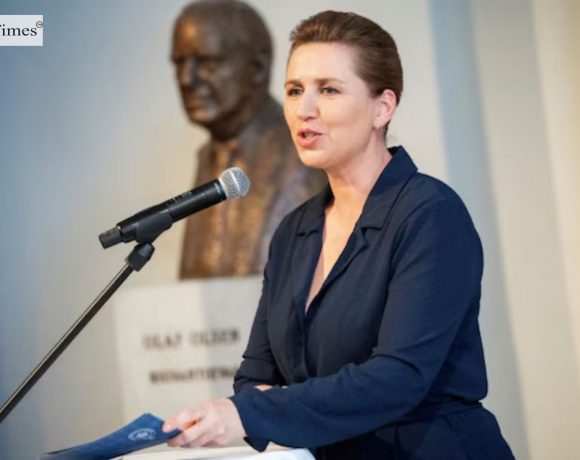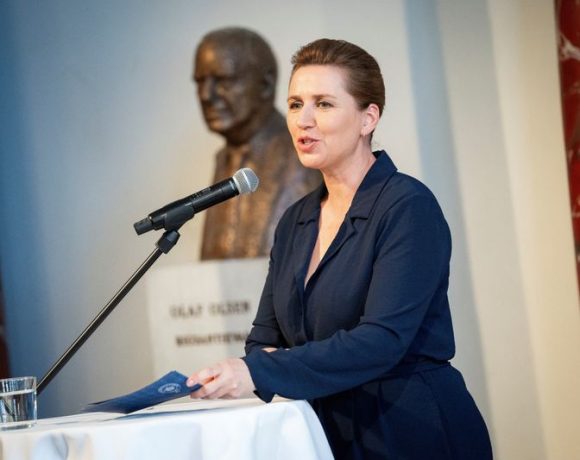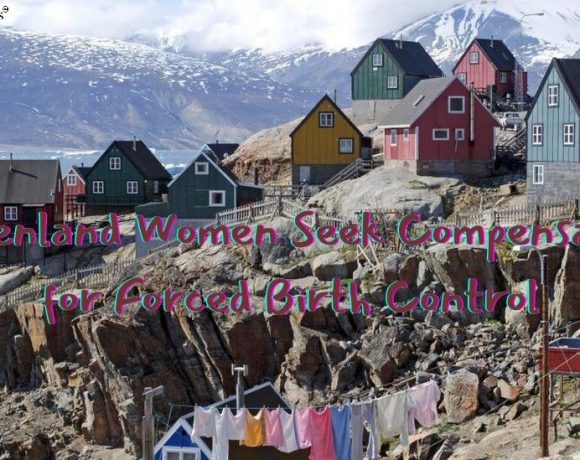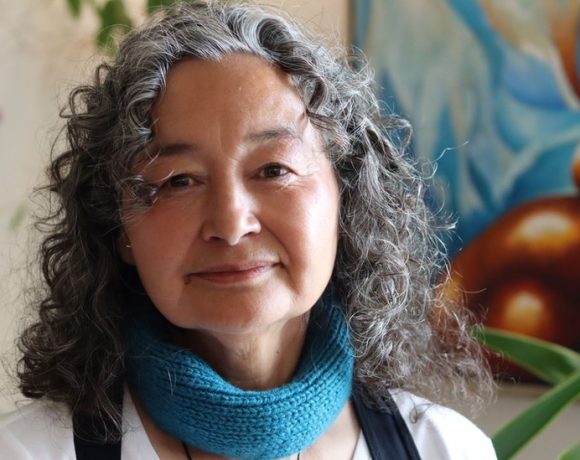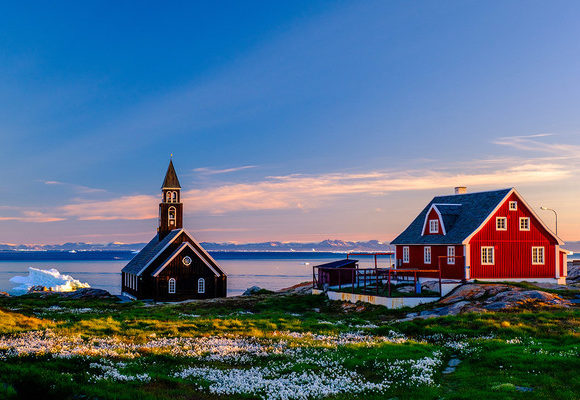
Denmark and Greenland have urged US President Donald Trump to stop making statements about taking over Greenland after he reiterated his interest in the Arctic island in a recent media interview. Danish Prime Minister Mette Frederiksen said such remarks were unacceptable, stressing that the United States has no right to annex Greenland or any part of the Danish kingdom.
Trump said the US “needs Greenland” for defence purposes, comments that came shortly after he claimed Washington would run Venezuela following the capture of its president. The remarks sparked concern in Denmark that Greenland, a self-governing Danish territory, could face similar rhetoric or pressure. Frederiksen said the threats were inappropriate toward a close ally and ignored the clear stance of Greenland’s people that the territory is not for sale.
Greenland’s Prime Minister Jens-Frederik Nielsen also criticised Trump’s comments as disrespectful, particularly references linking Greenland to military intervention. Greenland’s strategic location and mineral resources have long drawn US interest, and Trump recently appointed a special envoy to the island. While Greenland has the right to seek independence, it remains economically reliant on Denmark, which has been working to strengthen ties with the island while increasing Arctic defence cooperation with the US.
Pic courtesy: google/ images are subject to copyright

